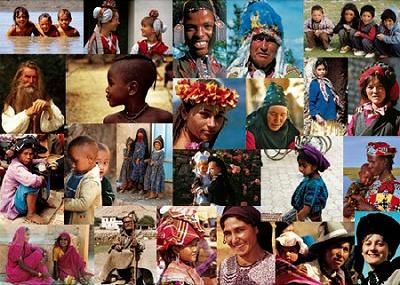Ethnocentrism and Examples
Ethnocentrism is a common social phenomenon where individuals view their own culture, values, and norms as the standard or superior to those of other cultural groups. This attitude can affect how people understand behavior,...












